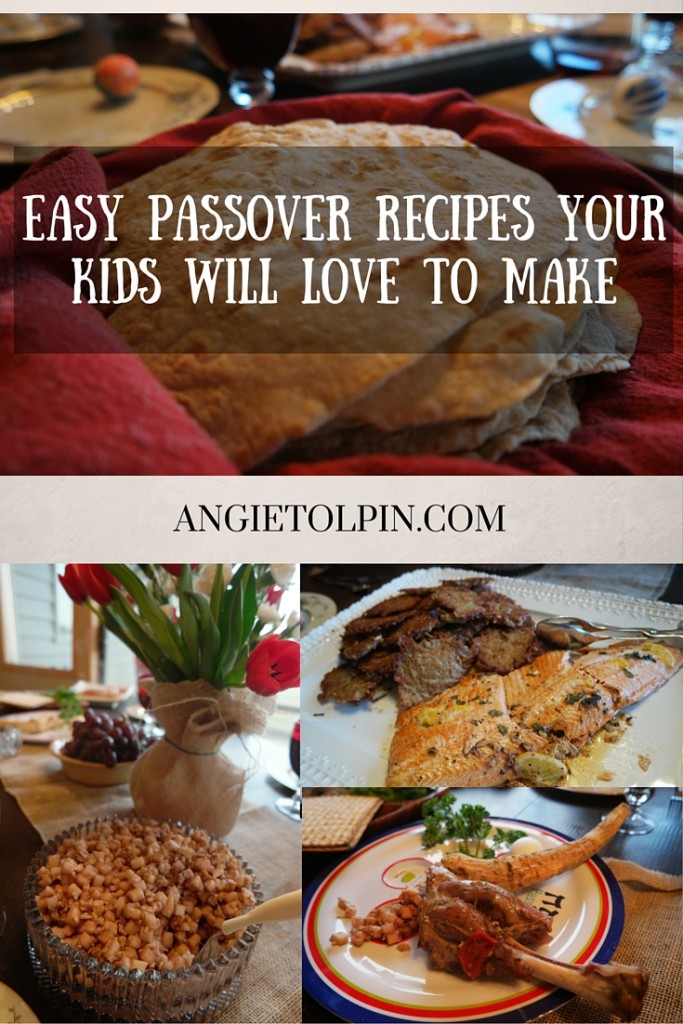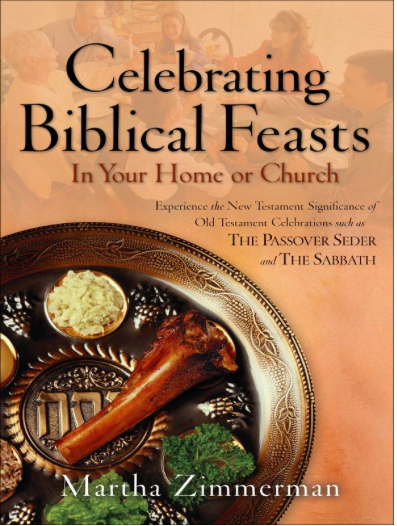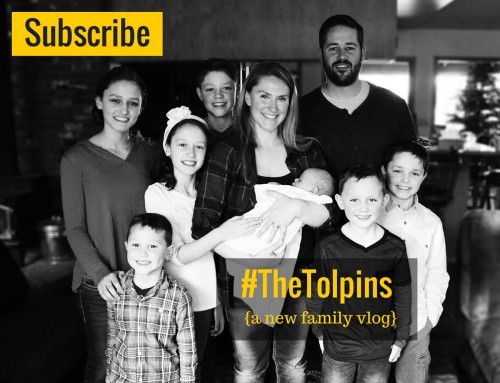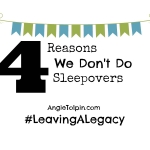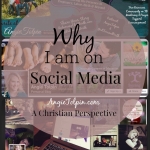Over the past few years we have tried a LOT of recipes and many of them have totally flopped. When it comes to finding a good unleavened bread recipe, there are a ton out there and many of them are not very tasty.
But do not fret, I am ready to share the few recipes we have found that are no-fail, tasty, easy recipes that even your kids can make on their own (if they know how to measure and use the stove by themselves).
Our family doesn’t have a Passover legalistically. We choose to start having one to use this occasion as an opportunity to teach our children about Jesus being the fulfillment of Old Testament prophesy!
“Oh, taste and see that the LORD is good! Blessed is the man who takes refuge in him!” Psalm 34:8
During the Passover Seder Meal we literally get to experience God together in our worship of him as we work together to prepare the meal, as we recount the story of His great redemption of His chosen people from the bondage of Egypt in Exodus, and as we taste and smell the elements of the Seder, which each symbolize another part of the story of redemption. It is so fun to see how every year the children remember and learn more!
What a fun opportunity to experience a “recounting” of the Last Supper, just as Jesus did with His disciples! I can’t begin to tell you how much this tradition has blessed our family over the years, to taste and see that the Lord is good!
I will share the recipe and then the symbolism of having this dish at your meal and what you can teach your children!
In this post I will share two recipes: unleavened bread and charoseth.
Unleavened Bread
- 2 cups of flour
- 1/4 cup of butter
- dash of salt
- 1/2 cup of water (or a sprinkle more)
- Put the flour and salt into a medium bowl and mix, cut the butter into the flour, add the water slowly until it forms a soft sticky dough. Divide the dough into 8 balls and roll them out flat like they are a tortilla. Turn on skillet/fry pan to high temperature. Briefly cook unleavened flatbread on ungreased skillet, flipping it two or three times. Enjoy! This is truly everyone’s favorite part of the meal!
What does Unleavened Bread Represent? Why do we eat it?
We eat the matzah, or unleavened bread, to remind us of the rush that the Israelites were in when they were fleeing from Egypt. Back then people couldn’t go to the local shopping store and purchase yeast, which is what makes dough rise. Instead, the Israelites would let the yeast from the air fall on their dough, it would often take hours for their dough to rise. When they were packing to flee Egypt, they didn’t have time to let their dough rise, so they made unleavened bread that hadn’t risen.
“So the people took their dough before it was leavened, their kneading bowls being bound up in their cloaks on their shoulders.” Exodus 12:34
Scripture uses leaven, yeast, as an example to explain being puffed up. Just as “yeast puffs up bread to make it seem greater than it is, so also the Scripture consistently uses leaven as a picture of pride, sin, and unbelief.” Sam Nadler, Messiah in the Feasts of Israel
Thus, the Messiah warns His followers regarding false teachers, “Watch out and beware of the leaven of the Pharisees and the Sadducees.” Matthew 16:6
For believers, our concern is focused on the heart. I love this scripture that paints a picture of likeness between leaven and sin.
“Your boasting is not good. Do you not know that a little leaven leavens the whole lump? Cleanse out the old leaven that you may be a new lump, as you really are unleavened. For Christ, our Passover lamb, has been sacrificed. Let us therefore celebrate the festival, not with the old leaven, the leaven of malice and evil, but with the unleavened bread of sincerity and truth.”
1 Corinthians 5:6-8
Jesus knew that we need to take to heart our sin, which hinders our intimacy with Him, and that we need to be intentional about taking time to clean the sin out of our hearts!
There is more symbolism in the unleavened bread. The matzah, which has stripes and marks along with puncture holes represents the lashes that our Savior endured for the forgiveness of our sins, so that we might be brought back into deep fellowship with God!
Here is a picture with a link to another post where I focus more on this symbolism. Just click on the picture.
Charoseth
- 3 sweet apples
- 1 cup of ground walnuts
- 4 tblsp of sweet, red passover wine
- Peel and cut the apples into little bricks. Place the deshelled nuts in the nut grinder, grind until tiny pieces. Mix the nuts, apples, and passover wine together in a bowl or large ziploc bag. Chill and serve.
What does Charoseth represent?
Charoseth symbolizes the brick and mortar, better yet, the labor of the Hebrews when they were under the rule of Pharaoh. But even more, the sweet apple dish is symbolic and commemorative of the sweet redemption from enslavement and serves as a reminder to us as believers of the redemption we have in Christ! So though the little brick-like chunks represent the enslavement of the Israelites, its sweetness also reminds us of their and our freedom from that bondage!
On a side note, this dish is one of my kids favorites! They all absolutely LOVE it!
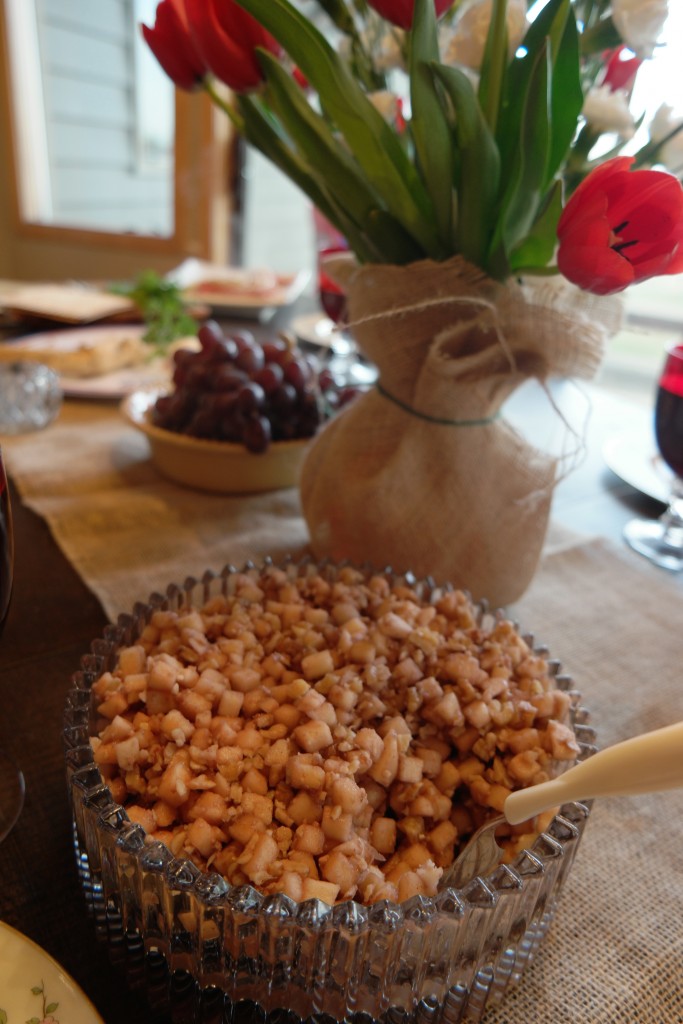
More posts on Easter and Passover:
A Messianic Passover
An Easter Activity
Easter Resources {Books, DVDs, & More}
What is a Messianic Passover & Why Do We Have One
Using Easter Eggs to Teach About Christ
Videos on Passover can be found on my Facebook page here!
Here are three of our favorite books on Messianic Passover:
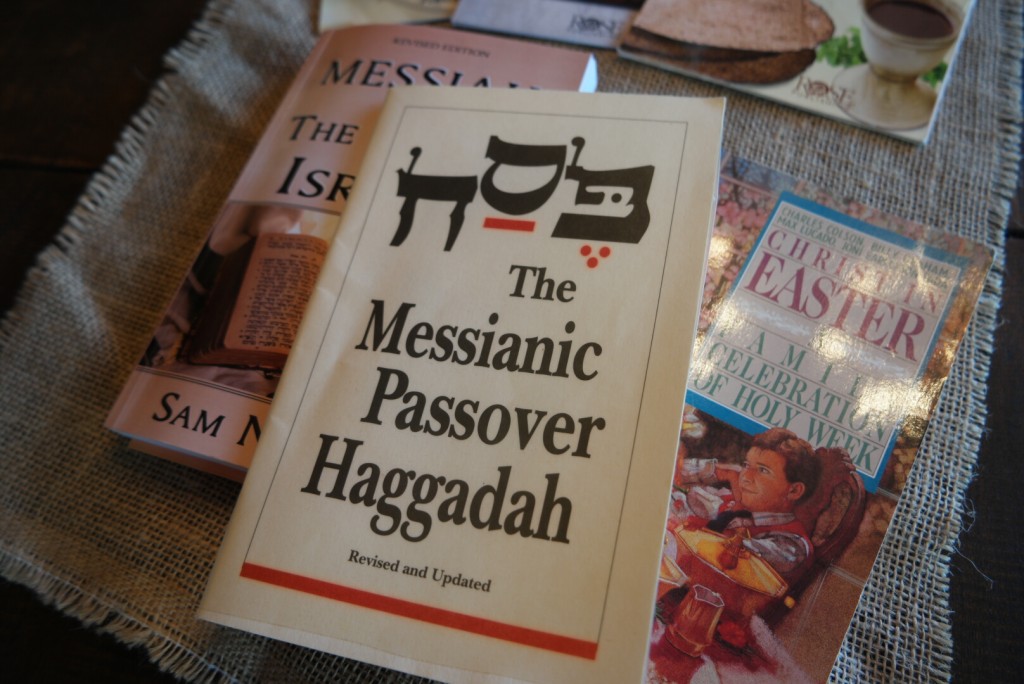
-
The Messianic Passover Haggadah can be found on Amazon on $4.99 here and it is my go to every year as I write out what we are going to teach on note cards.

The second resource that I absolutely recommend is this pamphlet, Christ in the Passover, by Rose Publishing, which you can find for $3.99 here on Amazon.
Our 3rd most used resource is this book which is available for $11.97 on Amazon. We couldn’t find this one this year after moving and it was sourly missed.
Grace to You this Easter!
Angie Tolpin
There are affiliate links in this post which go to support the ministry of Leaving a Legacy and my family. Thank you for your support.

